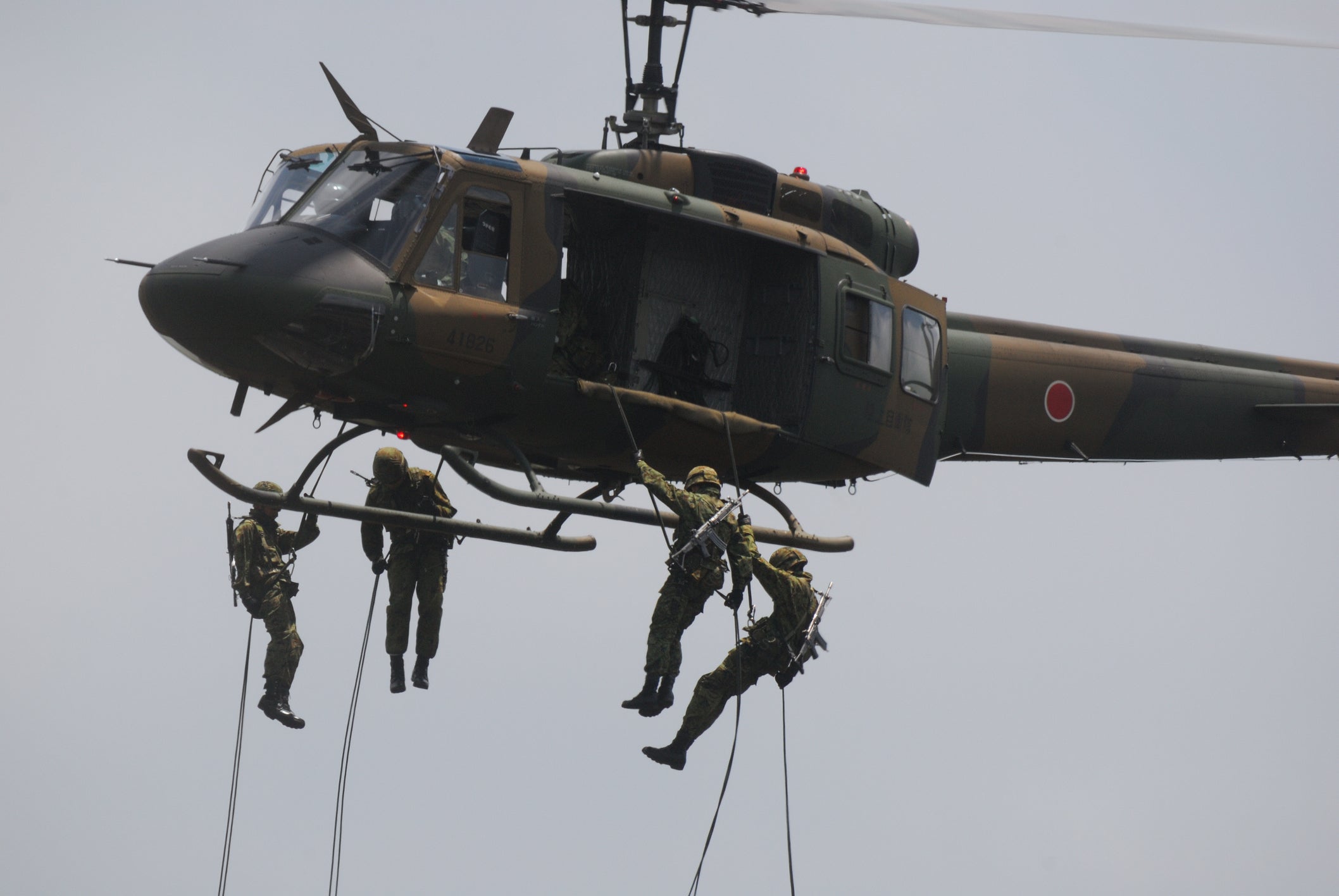Evacuation center management and living environment maintenance: Key points to support people's safety and comfortable stay during disasters
table of contents
Introduction
1. Selection and establishment of appropriate evacuation shelters
2. Effective evacuation center management
3. Creating a comfortable living environment
4. Cooperation and collaboration with the local community
5.Accommodating special needs
summary
Introduction
When a disaster occurs, evacuation centers serve as important bases to ensure the safety and welfare of disaster victims and evacuees. Appropriate management and living environment preparation are the keys to minimizing disruption and providing people with a sense of security and comfort. In the following, we will focus on the management of evacuation centers and the preparation of living environments.
1. Selection and establishment of appropriate evacuation shelters
1-1 Consideration of geographical factors
Selection of high ground and safe areas : Evacuation shelters should be located on high ground and safe areas to avoid risks such as floods, tsunamis, and earthquakes.
Ground stability : Ensures ground stability during earthquakes and minimizes the risk of landslides and collapses.
1-2 Ensuring accessibility
Access : Shelters should be located in easily accessible locations. Preferably close to road networks and public transport.
Consider physical limitations : Select locations that are easy for the elderly and people with disabilities to use and ensure accessibility.
1-3 Maintenance of facilities and equipment
Beds and living space : We ensure an appropriate number of beds and living spaces to support a comfortable stay.
Toilets and Showers : Install an adequate number of toilets and showers to maintain sanitary conditions.
Canteen and cooking facilities : A canteen and cooking facility will be provided to provide nutritious meals to evacuees.
Medical room and medicine storage : A medical room and medicine storage space will be provided so that medical staff can treat patients who are suddenly ill.
1-4 Safety and security
Crime prevention measures : Crime prevention measures will be taken around the evacuation center to ensure the safety of evacuees.
Appropriate number of shelters : Establish multiple shelters based on local population and needs to ensure adequate capacity.
1-5 Communication and information provision
Publication of the location of evacuation shelters : We will publicize the location of evacuation shelters to local residents and provide appropriate information.
Guidance to evacuation shelters : In the event of an emergency, we will establish a method of guiding people to evacuation shelters and support smooth evacuation.
1-6 Sustainability perspective
Consideration for the environment : We will not forget to consider the environment when selecting and setting up evacuation shelters.
Selection and installation of appropriate shelters should be planned according to local characteristics and needs. It is important to establish an evacuation center system to ensure people's safety in the event of a disaster, with the cooperation of local governments, experts, NGOs , etc.
2. Effective evacuation center management
2-1 Assignment of appropriate instructors
Appoint a manager : Appoint a manager to lead the operations of the shelter, selecting someone with appropriate experience and leadership skills.
Division and cooperation : We divide operational responsibilities and build a cooperative system that leverages the expertise of each profession.
2-2 Information provision and communication
Regular information provision : Disaster information and evacuation center schedules are regularly provided both inside and outside the evacuation center, and accurate information is conveyed to evacuees.
Communication methods : Provide a means to ensure communication with evacuees and create a mechanism to accommodate their requests and concerns.
2-3 Food and water supply
Consideration of nutritional balance : Plan meal menus that provide appropriate nutrition and support the health status of evacuees.
Securing and preparing food : Securing ingredients, providing appropriate cooking facilities, and serving meals in sanitary conditions.
Securing potable water : Ensure the supply of clean drinking water and properly manage water consumption.
2-4 Medical/health management
Assignment of medical staff : Medical staff such as doctors, nurses, and pharmacists will be deployed to evacuation centers to treat people who become suddenly ill and monitor their health status.
Drug management : Properly store necessary drugs and medical supplies and ensure drug supply within the evacuation center.
2-5 Psychological care
Psychological counseling : Disasters can take a psychological toll. Provide psychological counseling and support to care for the mental health of evacuees.
Activities and Relaxation : We will help reduce stress by providing hobbies and activities within the evacuation center and by creating a relaxation space.
2-6 Care of children and the elderly
Children's programs : Provide play and educational activities for children, providing a sense of security and fun.
Support for the elderly : Respond to the special needs of the elderly and provide appropriate care and support.
2-7 Training and preparation
Training for evacuation center staff : Evacuation center staff will receive training that includes disaster response and communication skills.
Creation of operation manual : Create an operation manual for the evacuation center and clarify the operation procedures for the evacuation center.
Effective shelter management requires organizational cooperation and specialized knowledge. It is necessary to draw up a management plan that is tailored to the characteristics and needs of the region, and to do everything possible to ensure the safety and welfare of evacuees.
3. Creating a comfortable living environment
3-1 Maintaining a sanitary environment
Clean toilets and showers : Clean toilets and showers regularly to keep them clean. Important for preventing infectious diseases.
Garbage management : Separate and dispose of garbage appropriately and maintain sanitary conditions inside and outside the evacuation center.
3-2 Respect for privacy
Bed placement : Place bedding at appropriate distances to respect the privacy of evacuees.
Dividers and Curtains : Provide privacy for evacuees using dividers and curtains as needed.
3-3 Comfort of living space
Temperature Regulation : Regulates the temperature within the shelter to maintain an appropriately comfortable environment. It is important to have heating and cooling equipment.
Arrangement of living space : Make sure that there is enough space and arrange the living space so that evacuees can move around without stress.
3-3 Care for children and the elderly
Children's area : Create an area where children can enjoy playing and learning.
Support for the elderly : We provide facilities and support suitable for the elderly and ensure a comfortable environment.
3-4 Activities and relaxation
Activity space : Provides gathering and activity space within the evacuation center, providing a place for evacuees to socialize and enjoy relaxation.
Comfortable environment : Create a cozy space with good lighting and comfortable seating.
3-5 Educational programs and hobby activities
Educational Facilities and Programs : Provide educational programs for children and create an environment where they can continue learning within the shelter.
Hobby activities and entertainment : Support evacuees' recreation through hobby activities and entertainment events within the evacuation center.
3-6 Consideration for the environment
Eco-friendly initiatives : Promote conservation and reuse of resources within the shelter and practice environmental friendliness.
The cooperation of evacuation center staff, volunteers, and the local community is essential to creating a comfortable living environment. It is necessary to understand the needs of evacuees and provide a safe and healthy environment while taking consideration to suit the situation.
4. Cooperation and collaboration with the local community
4-1 Strengthening communication
Providing information to local residents : We will inform local residents about the existence, location, and operational status of evacuation centers, and share action guidelines in the event of a disaster.
Dialogue with the local community : We will collect the opinions and requests of local residents and create a forum for dialogue to reflect them in the evacuation center management plan.
4-2 Cooperation with local governments
Leadership and Guidance : Work with local governments to share policies and guidelines for shelter operations and establish a collaborative structure.
Providing resources and support : Accepting donations of personnel and supplies from local governments to strengthen shelter operations.
4-3 Cooperation with NGOs and volunteer organizations
Utilizing resources : We work with NGOs and volunteer organizations to provide personnel and supplies and carry out support activities.
Providing expertise : Leverage the skills of NGO experts and volunteers to operate evacuation centers and provide support tailored to the needs of disaster victims.
4-4 Building a network
Strengthening collaboration : Build a network with related local organizations and organizations to share information and establish a cooperative system.
Formulation of cooperation protocols : We formulate cooperation protocols in advance in the event of a disaster to ensure smooth collaboration.
4-5 Training and exercises
Implementation of simultaneous training : We will conduct training and simulations targeting local residents, local governments, NGOs , volunteer organizations, etc. to strengthen collaboration systems.
Information sharing training : Refine the collaborative process through evacuation center management and information sharing training.
4-6 Emergency cooperation system
Chain of command in the event of a disaster : In cooperation with local residents, local governments, NGOs , and volunteer organizations, we will establish a chain of command in the event of a disaster and appropriately divide roles.
Information sharing and coordination : In an emergency, we will quickly share information and coordinate coordination to respond to issues and needs in evacuation center operations.
5.Accommodating special needs
5-1 Providing a barrier-free environment
Barrier-free facilities will be provided within the shelter for wheelchair users and people with mobility difficulties. This includes wheelchair-accessible restrooms and showers, as well as wheelchair-friendly walkways. For elderly and physically vulnerable people, auxiliary equipment such as handrails and elevators will be installed to ensure safety.
5-2 Provision of medical care and nursing care
Medical staff and caregivers will be stationed at the evacuation center to respond to special medical and nursing needs. We provide necessary medicines and medical equipment, and provide nutritional management for people who have difficulty taking oral intake. If necessary, a temporary clinic or medical area will be set up within the evacuation center to provide medical services.
5-3 Psychological support
People with special needs may be more susceptible to stress and anxiety from disasters. We provide psychological counseling and psychological support and provide appropriate care.
We will create relaxing areas and quiet areas within the evacuation center to take care of your mental health.
5-4 Communication and individual support
We provide sign language interpreters and communication support tools to facilitate communication between people with special needs and shelter staff.
We will provide individual support depending on each person's situation and requests. We address the unique needs of each individual, including special dietary restrictions, health care, and transportation assistance.
5-5 Training and preparation
Provide training to shelter staff on handling special needs. Gain a better understanding of how to provide appropriate care and support, and be able to respond quickly.
People with special needs and their families will be provided with support and information to develop evacuation plans in the event of a disaster. Operating shelters for people with special needs is an important initiative that respects individual circumstances and wishes and achieves social inclusion. Providing appropriate equipment and services, facilitating communication, and providing specialized care are the elements that support the safety and comfortable life of people with special needs in shelters.
summary
Appropriate operation of evacuation centers and improvement of the living environment are important issues that require systematic and continuous efforts. We are required to take measures tailored to the characteristics and disaster risks of each region and do our best to support the safety and comfortable lives of disaster victims.







